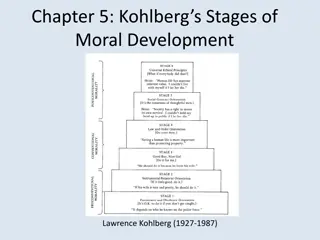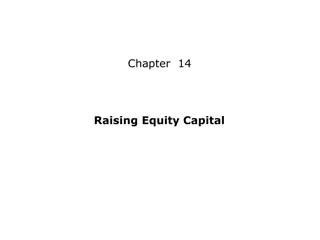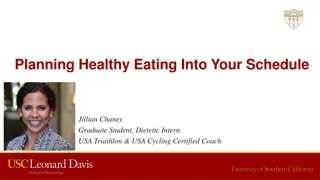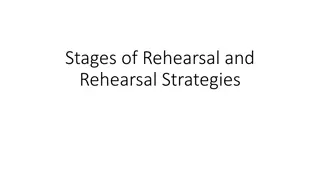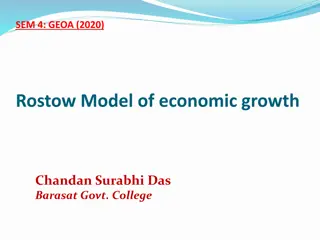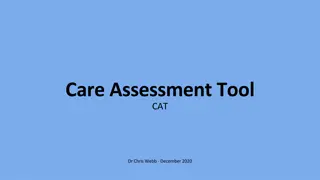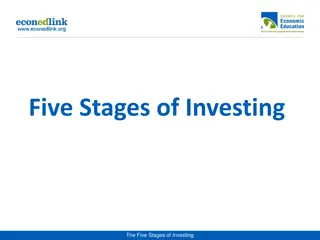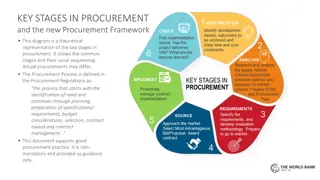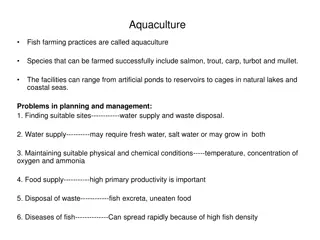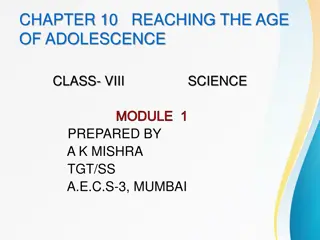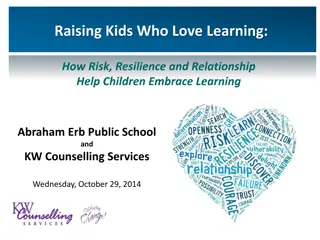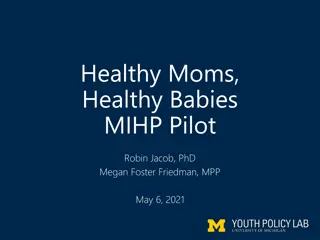Trout Growth Stages: A Comprehensive Guide to Raising Healthy Trout
Learn about the different stages of trout growth from embryo to fingerling, including key characteristics, feeding tips, and maintenance strategies. From the initial embryo stage to the final parr stage, this guide provides valuable insights into nurturing trout through their development process.
Download Presentation

Please find below an Image/Link to download the presentation.
The content on the website is provided AS IS for your information and personal use only. It may not be sold, licensed, or shared on other websites without obtaining consent from the author. Download presentation by click this link. If you encounter any issues during the download, it is possible that the publisher has removed the file from their server.
E N D
Presentation Transcript
The Embryo Stage 1. Fertilized eggs have black eyes and a central line that shows healthy development. 2. All the eggs hatch over a 2-3 day period from the first one hatches. Hatching usually starts within a week of egg arrival. 3. During this stage some eggs will not hatch properly. Any eggs that look fully opaque or have white or opaque spots will not develop and should be removed. a. (should be removed when seen, or twice a day when possible with a turkey baster)
Alevin (Swim-up) Stage (4-6 weeks) 1. Yolk sacs disappear; trout start to wim up to the top of the basket. 2. Begin feeding first trout that swim up by spreading a very small amount of food near any swimming trout. 3. When all trout have started swimming up and feeding, gently start to lower basket towards the bottom of the tank. 4. The stronger trout will start to swim out into the tank but the weaker will stay inside the basket until they are strong enough to swim out into the tank. 5. Keep adding Special Blend and Nite-Out II to the tank once a week.
Alevin (Sac-fry) Stage (from hatching to 4 weeks) 1. After eggs hatch they have yolk-sacs they feed from this is called The Alevin Stage. Each alevin slowly begins to develop adult trout characteristics. 2. Tank maintenance is simpler when the alevin are in the breeder box. The longer the alevin can stay in the breeder basket the longer the hatchlings have time to learn to swim to the surface to feed. 3. During this stage odd looking trout (two-headed, three-headed) form, though in most cases don't survive. 4. Alevin can survive in a petri dish for short periods and can be observed closely under a microscope or by using a hand lens.
Fry Stage (6-8 weeks) 1. Some Trout never learn to feed and will die. 2. These non-feeding fish are called pinheads . (big heads, little bodies) 3. Pinheads should be removed because they will not develop. 4. Most T.I.C see a mortality spike with pinheads, they should not be alarmed because it is normal.
The Parr Stage (the time until release) 1. When a fry grows 2-5 inches it now becomes a fingerling 2. Larger fingerlings will develop large dark vertical stripes, known as parr marks (which can be used as camouflage) 3. Cannibalism can and does occur 4. If cannibalism occurs often, feed more often to assure hunger. 5. Large predatory fish can be separated and given time out by placing them in the breeder basket.


